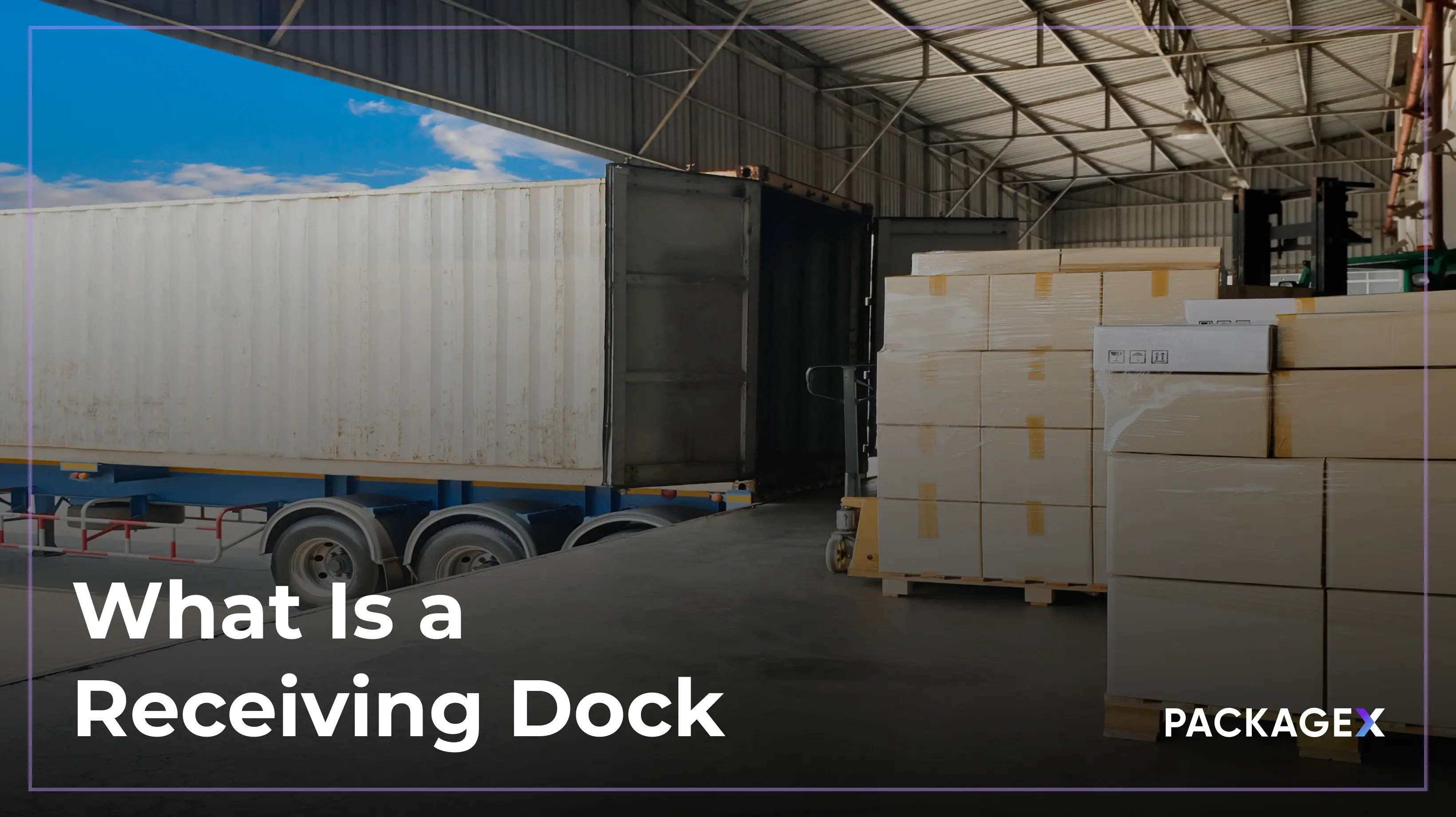For buyers and sellers, shipping remains one of the thorniest problems in e-commerce. Retailers must balance two critical components: providing consumers with quick and efficient shipping options while being conscious of costs.
But online retailers don’t have to sit back and watch shipping costs cannibalize their profit margins. With certain strategies, shipping packages can be cost-effective.
In this article, e-commerce retailers will discover the cheapest way to ship a package and turn what was once a costly necessity into a differentiator.
Why Shipping Rates are Important in E-Commerce?
The e-commerce industry employs various shipping models. A short list of some of the types of methods used by retailers includes:
- Free shipping: Easily the most popular option with customers
- Flat-rate shipping: Where customers pay based on a predetermined rate for every package size
- Expedited shipping: Delivers packages faster than regular shipping, like overnight shipping, at a higher price
Depending on the type of e-commerce business, there are various shipping variations to consider, such as local shipping, international shipping, and same-day delivery. Each of these methods has a different impact on a business. Whether it's a small business or a large corporation, offering customers a range of shipping options is essential for serving different geographies and customer needs, contributing to the overall success of the online store.
Allowing shoppers to select from various shipping models also helps increase conversion rates. A recent survey found that 47% of online shoppers abandon their shopping carts because of unattractive shipping rates.
In 2025, US deliveries are projected to reach an average of 67 million packages, equating to about one package for every five Americans each day. And this figure is projected to climb to 498 billion by 2028.
Though free shipping is popular with customers, some retailers might feel differently. However, by introducing a minimum order value (MOV) to qualify for free shipping, businesses can cater to customers’ demands while boosting sales revenue. Regardless of the model they choose, businesses need to evaluate the cheapest way to ship a package.
Factors Affecting the Cost of Shipping Packages
An online retailer needs to consider several factors to understand how to reduce shipping and fulfillment operations costs. The final shipping cost is composed of different elements that come together to determine the final price. Let’s look at each of them and how they affect shipping rates.
1. Speed
The most pressing question for retailers is how fast customers expect their packages. Perishable items like food products need to be shipped within a limited timeframe. In contrast, long-lasting products like paintings or books can be shipped over several days. The faster the last-mile delivery speed, the more expensive the shipping method is.
2. Distance
To set realistic delivery timelines, online retailers need to be aware of the distance their packages will travel before reaching the buyer. For domestic deliveries, the U.S. is divided into eight shipping zones, and the more zones a package must cross before reaching its destination, the higher the shipping costs.
International shipping is even more expensive since businesses must find a reliable way to deliver their products overseas.
3. Size
The size of a package is directly proportional to its shipping costs: Larger packages have higher shipping rates and vice versa. This variance is because bigger packages take up more space in the holding area of delivery vehicles, limiting the number of packages the carrier can transport in a single trip.
4. Weight
Along with the size of the package, its weight is also an important factor. A set of dumbbells and a feather pillow might be packed in boxes of roughly the same size, but the dumbbells are obviously going to be more expensive to ship. Lighter packages are cheaper to ship since they require less fuel to transport and less manpower to handle.
While these four factors play a crucial role in determining all shipping rates, a few other supplemental factors could add to the cost. Businesses should, therefore, also consider costs associated with shipping insurance, handling fees, and additional surcharges. Online retailers must consider all the hidden fees a carrier might charge when seeking the cheapest way to ship a package.
Popular Shipping Carriers
The e-commerce industry relies heavily on shipping carriers to fulfill their orders since many small-and-medium-sized online stores do not have the resources to deliver packages themselves. These shipping carriers move a vast quantity of packages across the globe to keep the wheels of e-commerce turning.
There are several popular carriers to choose from for U.S.-based e-commerce companies. These are:
- The United States Postal Service (USPS)
- United Parcel Service (UPS)
- FedEx
Other smaller carriers operate in the market, but they are considered the Big Three in terms of order fulfillment. One of the cheapest ways to ship a package from these popular carriers is through a third-party logistics (3PL) company that gets attractive deals on an e-commerce retailer’s behalf.
What is The Cheapest Way to Ship Packages?
Once e-commerce retailers understand all the variables involved in determining shipping rates, they can find the cheapest way of shipping. The list below contains details of all the shipping services offered by major carriers that a business can choose from, depending on their package dimensions and delivery timelines.
Cheapest ways to ship based on delivery speed
Delivery timeframes will differ based on the number of shipping methods an online retailer offers and the type of goods they sell. Thanks to the standard set by e-commerce giant Amazon, most customers have come to expect free shipping within two days as a standard service. Suppose a business doesn’t have the resources to ensure order fulfillment within that time frame. In that case, they can either partner with a 3PL provider or cut a deal with a shipping carrier to manage deliveries.
Here are some of the services offered by major carriers based on delivery speed:
Overnight shipping
- USPS Priority Mail Express: Costs $24.05
- UPS Next Day Air®: Costs $141.70
- FedEx First Overnight: Costs $193.20
Standard two-day shipping
- USPS Priority Mail: Costs $24.05
- UPS 3 Day Select®: Costs $55.01
- FedEx Express Saver: Costs $62.25
Please note that the rates mentioned for these shipping services are based on the assumption that the package being sent is a standard package weighing four pounds or less.
Cheapest ways to ship small packages
The definition of a “small package” will vary from carrier to carrier. However, most companies classify packages weighing less than five pounds as small. It’s worthwhile to look up a preferred carrier’s guidelines on package dimensions and weights when deciding to ship small packages.
- USPS Retail Ground: Costs $6.25
- UPS Ground®: Costs $19.50
- FedEx Ground: Costs $18.90
Cheapest ways to ship large packages
Only some e-commerce retailers will be dealing exclusively in small packages. In fact, for businesses that sell goods like home appliances, exercise equipment, or other heavy machinery, it’s far more likely that their packages will be either medium or large. Below is a list of the cheapest shipping rates from carriers for large packages that are 50 pounds or heavier.
- USPS Retail Ground: Costs $120.60
- UPS Ground®: Costs $118.69
- FedEx Ground: Costs $115.12
Cheapest international shipping methods
Shipping goods internationally is naturally a more expensive undertaking than domestic shipping. The price will depend on how far the destination is from the business’s fulfillment center. For U.S.-based retailers, shipping to Canada is often the cheapest option.
Many carriers offer international shipping services, varying rates depending on package dimensions and destination. Here is a brief list of international shipping services provided by the major carriers:
- USPS Priority Mail International
- UPS Express Saver
- FedEx Global One Rate Economy
- DHL Express Worldwide
- GlobalPost Economy
Reduce Shipping Costs with PackageX
One of the easiest ways to optimize shipping operations is to turn to the experts. 3PL companies like PackageX have extensive experience in fulfillment and related logistics operations. Partnering with PackageX to streamline shipping operations can give a business access to the cheapest ways to ship a package, sorted by speed and price. They can also benefit from discounted rates from most major carriers and track all shipments while they are in transit.
Cheap yet reliable shipping options are more accessible than ever with PackageX’s shipping solutions.
Visit the PackageX website and request a demo today.
FAQs
1. What’s the cheapest way to ship a package?
Shipping costs vary depending on package size, weight, and delivery distance. In general, USPS offers the most affordable rates for smaller, lighter packages traveling shorter distances, while UPS is usually more cost-effective for larger or heavier packages that need to go farther.
2. How can I lower my overall shipping costs?
You can reduce shipping expenses by comparing carrier rates, using flat-rate boxes, and optimizing package dimensions. Partnering with a third-party logistics (3PL) provider like PackageX can also unlock discounted carrier rates and streamline your fulfillment process.
3. Which carrier is best for international shipping?
For international deliveries, USPS Priority Mail International and DHL Express Worldwide are popular options offering competitive rates and reliable service. The right choice depends on your destination, delivery speed requirements, and budget.




